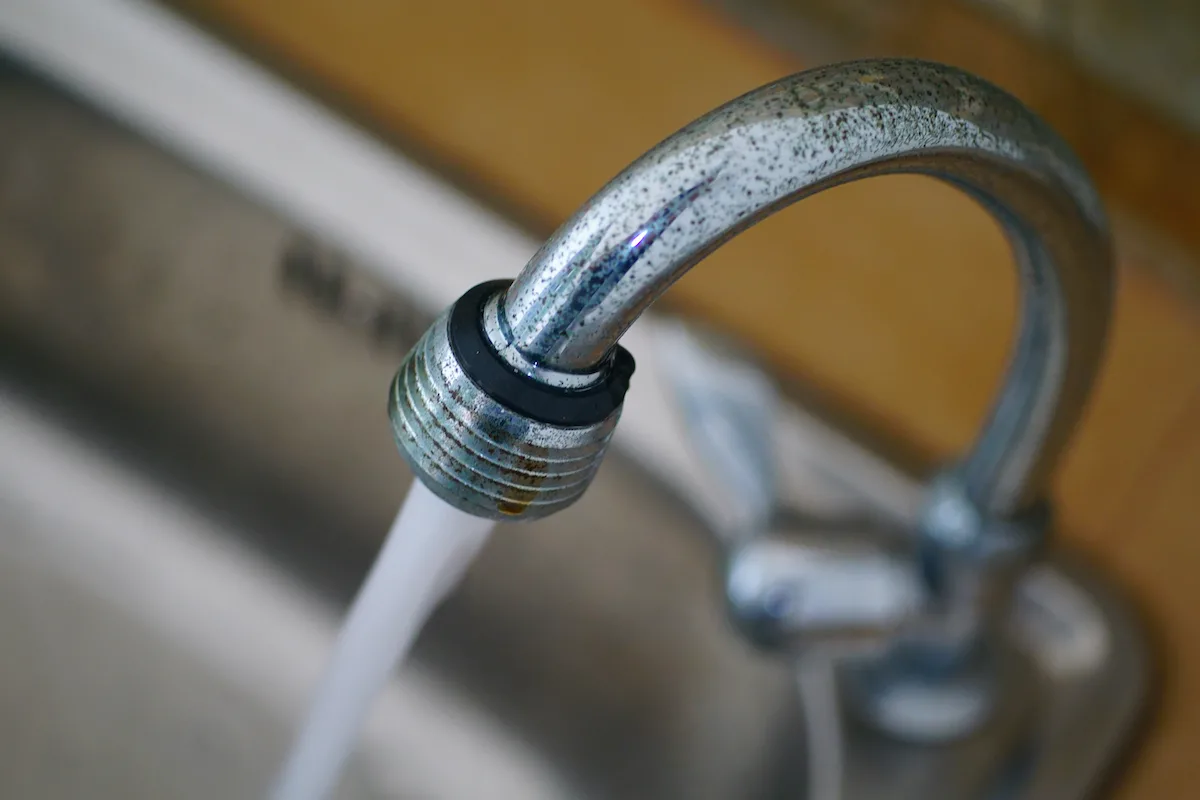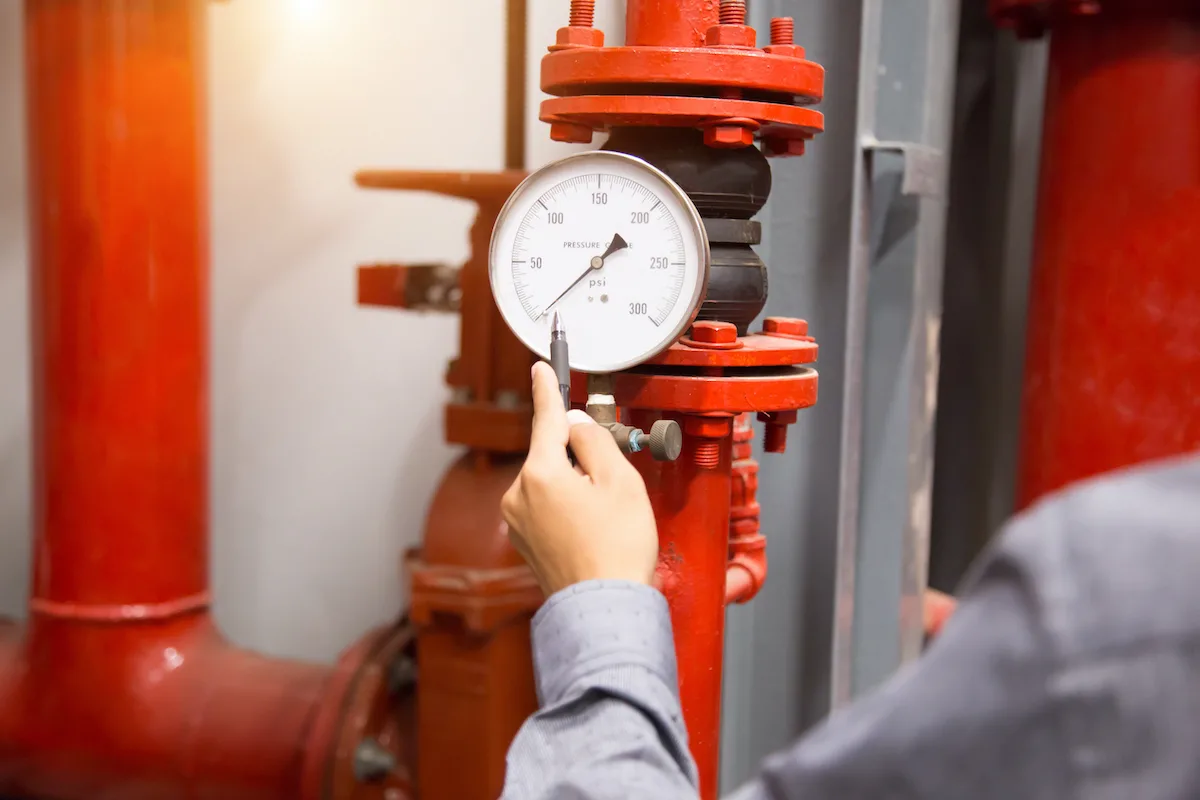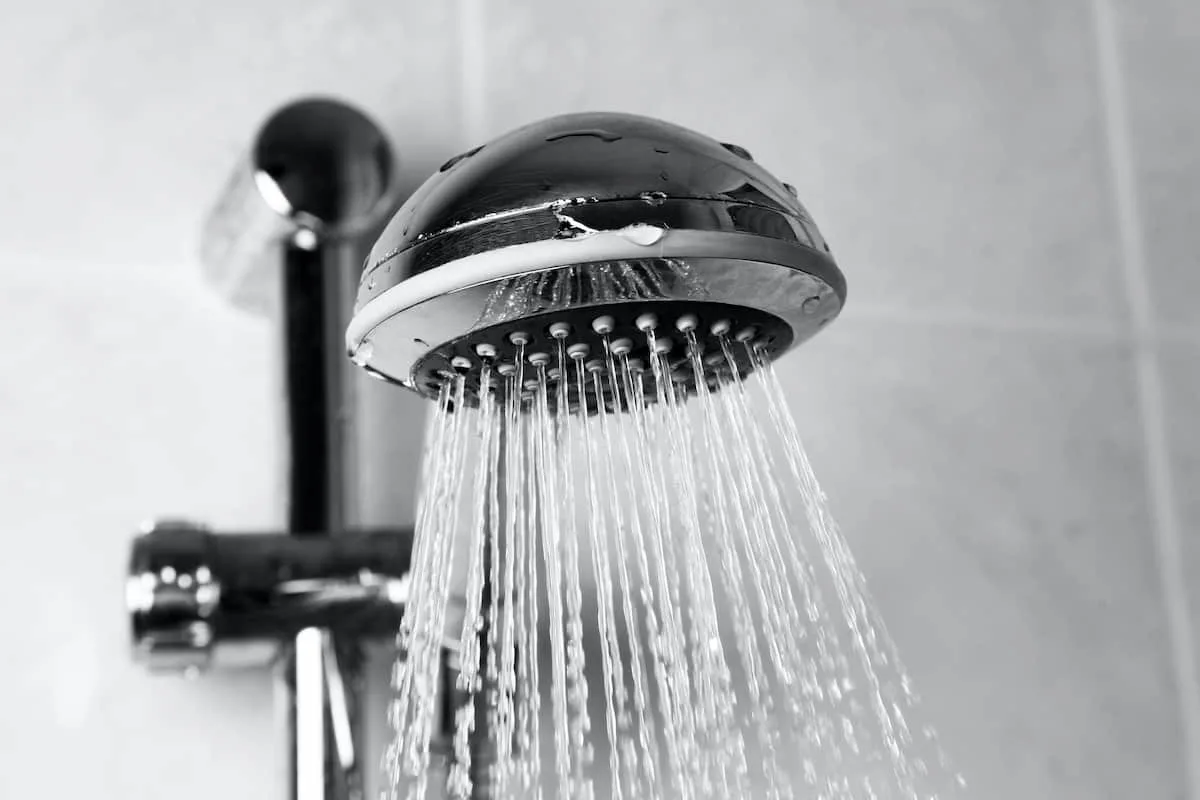Having the proper water pressure in your home ensures that everything is running as smoothly as it should. This also makes it easier to wash dishes in the sink, take a shower, and water your indoor and outdoor plants. But, what should home water pressure be?
The recommended water pressure for most homes is between 40 and 45 psi. However, many homes are set slightly above this at 50 psi to ensure good pressure throughout every room in the house. The water pressure should stay below 60 psi to avoid potential damage.
Do you need to adjust your home water pressure to help your water bill stay low? Then you should see what the current pressure is for your home and what psi you should change it to ensure that it is the proper pressure for safety.
What Should Home Water Pressure Be?

The water pressure in a home affects multiple things around the house from the kitchen faucet to the showerhead, so you need to have the right pressure so that your water is not too high to stand under to take a shower but strong enough to wash food off dishes and dirt off your body.
So, your home water pressure should normally stay between 40 and 45 psi, as mentioned earlier. However, if you check the pressure when you first move into your home, you might find that it is preset at just above that number with 50 psi.
This is all right as well since it is not too high above the recommended range. However, it should be remembered that you would not want the water pressure to go above 60 psi.
Water pressure that goes passed the recommended range could do some damage to your pipes and plumbing. This is because residential plumbing systems are not made to handle that kind of water pressure since it is usually not needed.
You may see higher water pressures in larger buildings with multiple bathrooms, but this is not usual for a home. This could even lead to holes in your pipes from too high-pressure causing damage, or it could even end up moving the pipes out of place if it goes very high.
High water pressure could even cause major leaks and begin causing issues to other areas of the house that are already damaged. If you have appliances that are connected to the waterline, like a dishwasher and washing machine, these appliances could also be damaged.
So, it is important to keep your water pressure at a suitable level to keep damage like this from occurring.
What is a Good Water Pressure for a House?

If you are aiming for a single number for water pressure, staying at 45 psi is a great way to stay between the high and low numbers. 40 is a bit low, although it will work, you may begin to feel like the shower does not have the water pressure you are used to.
However, if you would like the water pressure to be a bit higher, you can easily go above that number. It would be good to raise the water pressure in small increments to see where you want to stop, or else you could easily put the pressure too high.
Most of the time, you will be able to raise the water pressure to around 75 psi by simply turning the pressure regulator a bit. But even if you want to have higher water pressure, you will not want to go above 60 psi because of the damage that could be caused.
How to Tell When Your Water Pressure Is Too High/Low?
Having the wrong water pressure can cause multiple issues in your home, so if you go too far below or above the psi recommended, but how do you tell when you have the water pressure too high or too low?
So, if you want to know if you have the water pressure up too high for your home, or too low, then look for these signs below:
Your Pressure is Too High
If your water pressure is too high, then you will start hearing noises from the pipes in your home. Because the pressure is high, it will likely cause a banging sound in the pipes from the water hitting the pipes at a higher speed.
You will also start hearing a noise like this from your appliances that use water too. When you run the dishwasher, washing machine, or flush a toilet and hear a loud noise, then this is a sign that means your pressure is too much for the appliances.
You could also see that your hot water is in short supply. If your hot water doesn’t last very long when you are taking a shower or doing the dishes, this could point to your water pressure using it up at a high speed because of the high pressure.
This will also show up on your water bills because you are using more water at a faster rate. Your water bill will start going up and charging more even if you are using the same amount of water. If you see this happening, then you should check the water pressure.
Your Pressure is Too Low
Low water pressure can be fairly easy to spot because you can clearly see it when you shower or wash your clothes. This is because you will notice that the shower coming from the showerhead will turn into a small stream whenever someone else in the house uses any water.
You may also notice that your washing machine takes a very long time to fill up the machine with water, which will slow down the total time it takes to do your laundry.
If you have a low water pressure you might also hear a noise from your pipes, but instead of a banging sound, you will hear a whistling noise. This tends to come from the fact that the water is not going as fast and has more air in the pipes than it should.
So, if any of these things begin to happen, you should take a look at the water pressure. It could mean that your psi is set too low.
How to Adjust the Water Pressure in Your Home
If you notice that your water pressure has been off, whether it is too high or too low, you should know how to adjust it properly. So, first, you need to locate your water pressure regulator.
If you are not sure where this is, you should look at the main water line and find a bell-shaped piece. There will be a screw that is in the middle of the top of the bell, this is what you will use to adjust the pressure.
When you’ve found it, you will need to use a wrench to twist the top nut of the screw so that it is slightly loosened. Once you have the top nut unscrewed and loosened, you will want to place the wrench on the bottom nut that is attached to the screw.
You will turn the screw in a clockwise direction to increase the pressure and counterclockwise to lower the pressure. Test the faucet’s water pressure every time you adjust the screw to see where you want the water pressure.
Then, once you have the pressure that you want, you will need to attach the wrench back onto the top nut. Tighten it back to the position it was in when you started, which will keep the water pressure where you want it.
Then, you will want to have your water run for a full minute to help your water line adjust to the new water pressure. If you still hear any noise from the pressure being too high or too low, then you can make another adjustment until you don’t have that issue.
Final Thoughts
The water pressure in your home affects many different things in your home from your kitchen to your bathroom. Every time you take a shower or wash a dish, you will see the water pressure at work, and having it too high or too low will cause problems from an annoying sound to pipe damage.
So, you don’t want to take any chances and keep your water pressure at the same level that could be causing issues within your water line. Instead, check the water pressure to see if your pressure is between 40 and 45 psi to ensure that your water pressure is in the range it should be.
If not, then reread through the last section about how to make the proper adjustments to the water pressure regulator so you can fix the problem yourself and help prevent pipe or appliance damage.
Even if you decide to keep your water pressure a bit higher than that 45 psi mark, you need to ensure that your water pressure is 60 psi or below to avoid any damage to your water line and pipes throughout your house.


